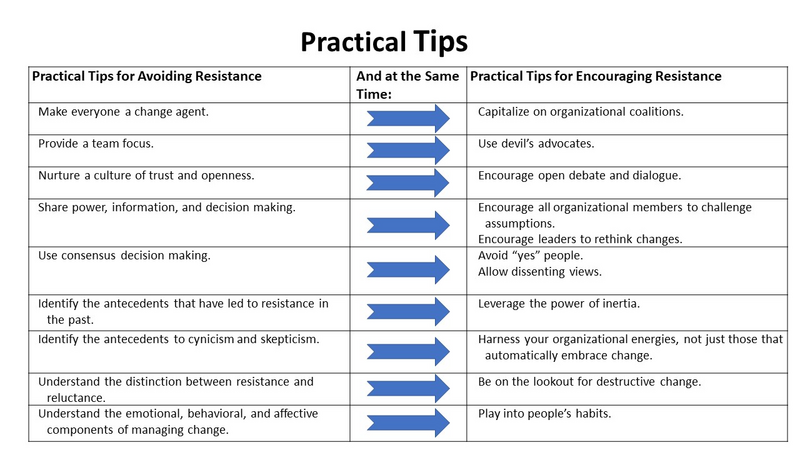ATD Blog
When It’s OK to Embrace Resistance to Change
Fri Aug 14 2020

Recently, I was chatting with a friend about the massive amount of change occurring all around us and the topic of resistance came up. The conversation focused on the change being thrust upon us in the form of the global pandemic and whether or not the level of resistance was affected because this change was not something anyone had chosen to undertake.
In other words, “We can embrace this change because we don’t have a choice.” Are we less likely to resist and embrace change when we don’t have any other options?
It raises an interesting perspective around what we embrace and what we resist. It even raises the possibility of embracing the resistance.
Embracing Resistance to Change
So, what is embracing resistance to change? Everyone has a sense of what embracing change looks like. We lean into it, we move toward leveraging the new possibilities, and we may be quick to let go of our old ways to doing things. Conversely, we also sense what resistance to change looks like—avoiding, complaining, ignoring, bargaining, expressing frustration, being anxious, and perhaps rationalizing and explaining.
Embracing resistance, however, is about something much different. It is about looking at change, recognizing the human tendency to resist in these aforementioned ways, leaning into this resistance and embracing the resistance, and not automatically trying to blindly accept the change.
To embrace something implies a positive action. It implies moving toward rather than away from. This then creates a sort of paradox in which resistance is seen as avoiding or moving away from something and embracing is seen as moving toward it. Therefore, embracing resistance is this duality of moving toward something we are simultaneously desiring to perhaps move away from or avoid. In fact, maybe we can work to avoid resistance and seek (or embrace) resistance all at the same time.
Why This Is Important Now
Understanding this dimension of change is critical in the unprecedented times we find ourselves in. Rather than seeing our approach to change as an either/or proposition, we can approach change from a both/and perspective. Rather than feeling like we must choose between diving into the change or discarding the change, we can do both. We can simultaneously embrace the resistance to change and seek to avoid resistance.
How can someone avoid resistance and seek resistance at the same time?

Real World Application
We are confronted daily with myriad changes—some small and some life-changing. Choosing how we show up to face these changes shapes the outcomes we get. Instead of seeing change as something we must blindly accept or automatically reject, we can choose to recognize the resistance then embrace it and avoid it at the same time. Pretending our resistance to change does not exist is not helpful or healthy. Pretending when we can’t avoid the change that we will automatically embrace it is not likely either.
We need to have honest conversations around how we are approaching the changes before us. We must not see all resistance as negative or something to be avoided. We must be vulnerable and have honest conversations around how we are feeling about the changes we find ourselves facing.
We can recognize the natural tendency to hesitate or pull back from change and see the positive side of resistance. We can leverage this natural reaction to better successfully navigate our future. We can intentionally choose to embrace resistance to change.
